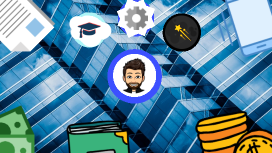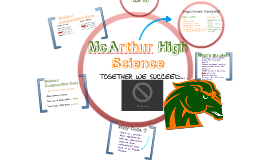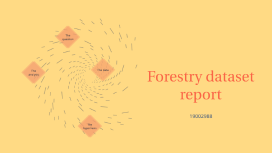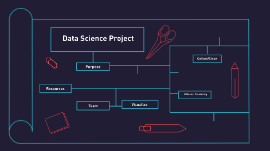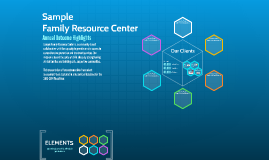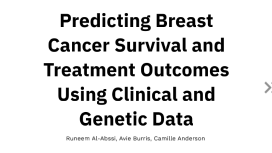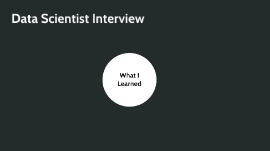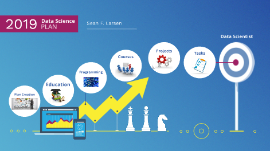Data Science Presentation
Transcript: Overview Predicting Breast Cancer Survival and Treatment Outcomes Using Clinical and Genetic Data Goal: Develop predictive models for breast cancer outcomes using METABRIC dataset. Dataset: 1,980 primary breast cancer samples including demographics, tumor characteristics, treatment types, survival outcomes, mRNA expression levels, and gene mutations. Methodology: Data acquisition and preprocessing (cleansing, EDA, dimensionality reduction). Gene expression analysis to identify potential biomarkers. Machine learning algorithms: Logistic Regression, Random Forest, SVM. Focused on the top 20 genes with the most patients. Social or Ethical Implications Privacy and Data Security: Ensure protection of patient data. Ethical Use: Avoid discrimination or stigmatization based on genetic profiles. Access Disparities: Ensure equal access to personalized treatments for all patients. Informed Consent: Maintain transparency and trust with patients. Bias in Models: Address biases to ensure fair and accurate predictions for all groups. Runeem Al-Abssi, Avie Burris, Camille Anderson Findings Figures Recommendations Significant Genes: rad51c, psen2, jag1, and hdac1 correlated with breast cancer prognosis. Gene Expression Impact: Variability in gene expression levels affects survival outcomes. Treatment Response: Varied based on genetic and clinical profiles. Complex Interactions: Between gene mutations, expression levels, tumor size, and patient age. Conclusion Personalized Treatment Plans: Tailor treatments based on genetic and clinical profiles. Targeted Gene Therapy: Investigate genes like rad51c, psen2, jag1, and hdac1 for new treatments. Enhanced Predictive Models: Incorporate more genomic data and advanced algorithms. Clinical Decision Support: Use predictive models in clinical systems to aid treatment decisions. Success: Demonstrated the usefulness of machine learning in predicting breast cancer outcomes using integrated clinical and genetic data. Key Insights: Identified significant biomarkers and treatment factors to support personalized treatment strategies. Impact: Potential to enhance prognostic accuracy and advance precision medicine in oncology. Future Work: Incorporate additional genomic data and explore more advanced machine learning models to further refine predictions and improve clinical decision-making. Goal: Improve patient care and outcomes through better understanding and tailored treatment approaches.






